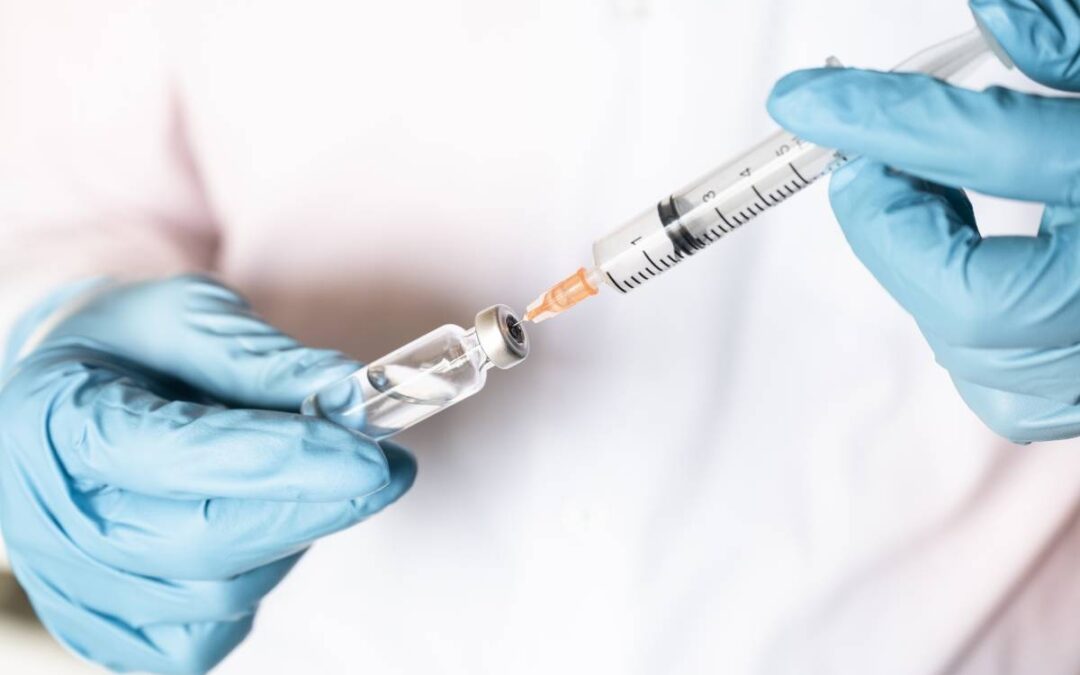Prophylactic medications play a pivotal role in modern surgery and anesthesia, aiming to prevent complications and improve patient outcomes. These medications are administered preoperatively to address specific risks associated with surgery and anesthesia and most commonly include antibiotics, anti-emetics, and anticoagulation.
One of the primary prophylactic measures in surgery is the administration of antibiotics before the procedure [1]. This practice helps prevent surgical site infections (SSIs), a common complication that can significantly impact postoperative recovery. One crucial study found that administration of antibiotics during total hip and knee placements reduced the absolute risk of wound infection by more than 80% [2]. Thus, it is standard practice to administer prophylactic antibiotic medications in cases of artificial implants of foreign bodies such as mesh or metal, bone grafting procedures, or surgery that requires extensive dissection or blood loss [1]. Although timing of administration varies, the overall goal is to have the antibiotic concentration highest at the start and during surgery, and not more than 60 minutes before the skin incision is made [3]. Selecting the appropriate antibiotic is based on the anatomic region of the surgery and the targeting of common organisms with a narrow spectrum of activity [1]. In patients with no beta-lactam allergy or MRSA infection, cefazolin is the most common antibiotic of choice. In those with MRSA, vancomycin is the typical alternative unless other organisms like gram-negative or anaerobic bugs are involved [4].Prophylactic medications play a pivotal role in modern surgery and anesthesia, aiming to prevent complications and improve patient outcomes.
Postoperative nausea and vomiting (PONV) are some of the major complications seen within the first 24 hours after surgical procedures and can also significantly affect postoperative recovery [5]. Risks associated with PONV secondary to vomiting include aspiration pneumonia, Boerhaave’s syndrome, and subcutaneous emphysema, not to mention patient discomfort with nausea itself [5]. Risk factors include female gender, non-smoker status, a history of motion sickness or PONV, and postoperative opioid use. Prophylactic antiemetics, which include 6 different classes of medications, can be administered before or during surgery to help reduce the incidence of PONV. Typically, the combination of ondansetron and dexamethasone is the most utilized PONV prophylaxis [6].
Surgery can increase the risk of thrombosis (clots). To mitigate the risk of morbidity and mortality from deep vein thrombosis and pulmonary embolism, thromboprophylaxis is often employed using anticoagulation medications and mechanical methods like Sequential Compression Devices (SCDs) to promote venous outflow from the legs [7]. Balancing the need for DVT prophylaxis with the need to avoid excessive bleeding is crucial, and healthcare providers tailor the approach based on individual patient factors. Risk factors for venous thromboembolism (VTE) include obesity, cancer, age over 60 years old, prolonged immobilization, hormonal therapy, and previous VTE. Low molecular weight heparin, unfractionated heparin, pneumatic compression, or antiplatelet agents are commonly used prophylactic medications for VTE in surgery patients at higher risk, with dosing dependent on risk classification [7].
Prophylactic medications in surgery and anesthesia represent a crucial component of perioperative care, aiming to prevent complications and enhance patient safety. Including antibiotics to prevent SSIs, antiemetics for PONV and DVT prophylaxis, these medications are selected based on the specific risk factors associated with each patient and surgical procedure. By carefully considering individual patient factors and tailoring prophylactic measures, healthcare providers contribute to optimizing surgical outcomes and promoting a smoother recovery process for their patients.
References
- Crader MF, Varacallo M. Preoperative Antibiotic Prophylaxis. [Updated 2023 Aug 4]. In: StatPearls [Internet]. Treasure Island (FL): StatPearls Publishing; 2023 Jan.
- AlBuhairan B, Hind D, Hutchinson A. Antibiotic prophylaxis for wound infections in total joint arthroplasty: a systematic review. J Bone Joint Surg Br. 2008 Jul;90(7):915-9.
- W-Dahl A, Robertsson O, Stefánsdóttir A, Gustafson P, Lidgren L. Timing of preoperative antibiotics for knee arthroplasties: Improving the routines in Sweden. Patient Saf Surg. 2011 Sep 19;5:22.
- Bosco JA, Slover JD, Haas JP. Perioperative strategies for decreasing infection: a comprehensive evidence-based approach. Instr Course Lect. 2010;59:619-28.
- Weibel S, Jelting Y, Pace NL, Rücker G, Raj D, Schaefer MS, Backhaus I, Kienbaum P, Eberhart LHJ, Kranke P. Drugs for preventing postoperative nausea and vomiting in adults after general anaesthesia: a network meta‐analysis. Cochrane Database Syst Rev. 2017 Nov 12;2017(11):CD012859.
- Jin Z, Gan TJ, Bergese SD. Prevention and Treatment of Postoperative Nausea and Vomiting (PONV): A Review of Current Recommendations and Emerging Therapies. Ther Clin Risk Manag. 2020 Dec 31;16:1305-1317
- O’Donnell M, Weitz JI. Thromboprophylaxis in surgical patients. Can J Surg. 2003 Apr;46(2):129-35.





Recent Comments